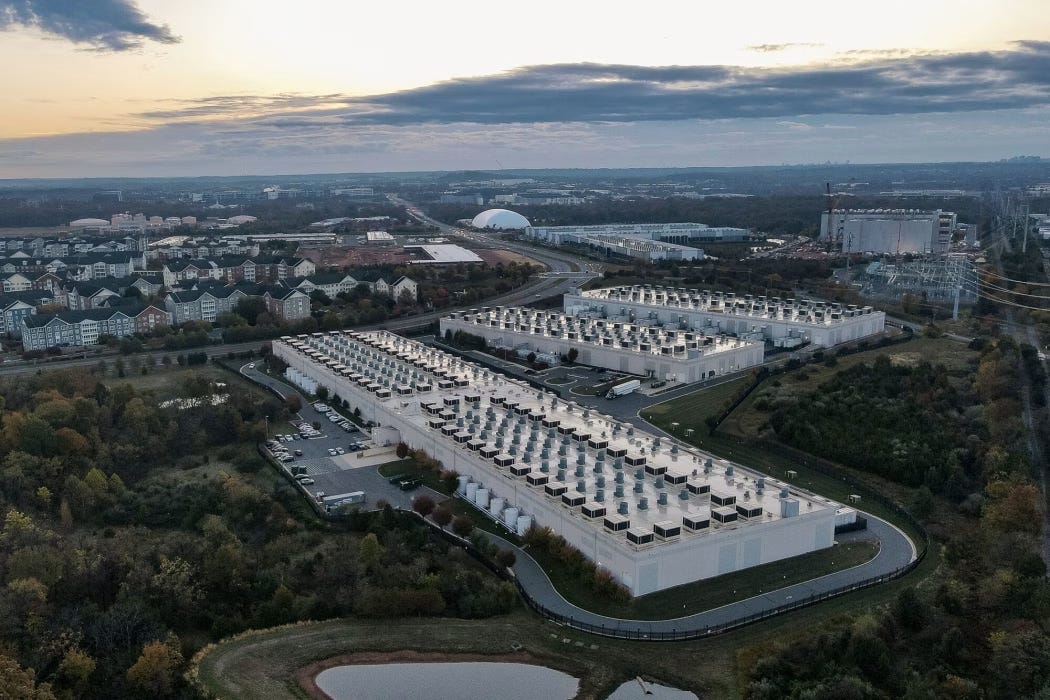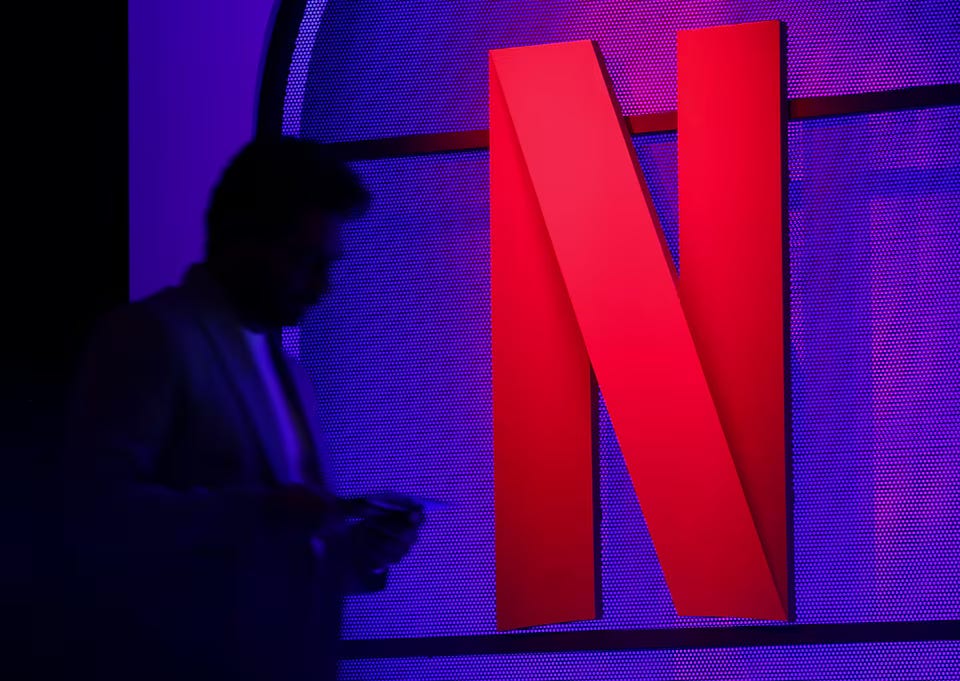The Efficiency Turn
Spending climbs, models slim down, and control becomes the new innovation story.
It’s probably fair to say that something is always going on with AI and Media these days, right? This week it might appear a little more subtle than usual. We are in the midst of a recalibration. We have seen continual growth for a couple of years in the space, despite worries about data privacy, authenticity, safe guards, and other concerns. But as any system matures, we need to see that acceleration and scale give way to maintenance. The easy gains (the mythical “low hanging fruit”) are gone and now it’s about power, precision, and proof.
Capital is continuing to flood in, but so are limits around compute, cost, and even credibility. The infrastructure that built the boom is starting to choke on its own ambition. Models are shrinking to fit real use cases. Studios are merging to protect IP that still carries cultural weight while entrenching their audience stakes. And even OpenAI is drafting moral blueprints before the regulators do it for them.
The center of gravity is shifting from expansion to efficiency, from making things bigger to making them more solid.
Capex Goes Vertical
Source: Wall Street Journal, October 30, 2025
The numbers are staggering. Meta, Microsoft, Alphabet, and Amazon together will pour over $400 billion into AI infrastructure this year, each admitting it still won’t meet demand. Microsoft says it’s been “short on computing power for many quarters.” Meta’s CFO says next year’s spend will be “notably larger.”
Behind the optimism is a growing unease that data centers are nearing the physical and electrical limits of what can be built at the current speed. Cloud margins are tightening, power grids are straining, and every new chip order competes with a rival already in line.
Why it matters
While new software and models will continue to flow, the arms race is really about access. Whoever controls the critical inputs of compute, power, and delivery timelines will define the shape of this next era. For the rest, efficiency is no longer optional. The question isn’t how much AI they can build, but how much they can sustain.
The Great Consolidation
Source: The Information, November 1, 2025
Netflix is reportedly exploring a bid for Warner Bros. Discovery’s studio and streaming units, hiring Moelis & Co. as an advisor as WBD considers selling or splitting its assets. On paper, it’s another merger. In practice, it’s a defensive move, an acknowledgment that owning the pipes isn’t enough without the stories that fill them.
Netflix has been here before. The company once thrived by licensing IP from the same studios it’s now outbidding. But as GenAI and synthetic content accelerate, differentiation is moving upstream. Libraries, franchises, and creative credibility are becoming the scarce resources of a saturated ecosystem.
Why it matters
This is a strategy focused on cementing the lead Netflix already has for viewer attention. As AI makes content generation cheaper, cultural weight becomes the premium layer. Mergers like this are about protecting gravitational pull in a world where new stories can be spun up in seconds. Netflix recognizes what studios have known all along, that the archive is one of their most valuable assets.
Small Models, Big Shift
Source: Wall Street Journal, November 3, 2025
Large language models get the press but small models get the work done. Across industries, companies are quietly deploying compact, specialized models (so called Small Language Models) that outperform the giants on cost, speed, and integration. They can run locally, respect data boundaries, and can be tuned for specific tasks without spinning up another cloud cluster.
It’s a quiet inversion of the AI hierarchy. Our recent advancements were about proving raw, flexible capabilities. The next wave will be about fitting that capability into workflows where every millisecond and watt matter.
Why it matters
Scale got us here, but locality will move us forward. The shift from maximal to modular reflects a deeper maturity and denotes the point where AI stops being a spectacle and becomes infrastructure. The future won’t belong to whoever trains the largest model; it’ll belong to whoever provides the model at the right time, in the right place.
The Safety Standard
Source: Axios, November 6, 2025
OpenAI has released a “blueprint” for teen AI safety, outlining principles for age verification, transparency, and data protection. The document reads less like a public-relations move and more like a preemptive regulatory play. It’s a bid to define the norms before governments do.
In effect, the company is trying to build a new kind of moat around moral credibility. After years of global scrutiny, OpenAI is positioning itself as the responsible adult in the room and is aware that the next phase of competition will be fought over trust as much as technology.
Why it matters
After two years of racing to scale, the language of restraint is becoming a business model. “Safety” and “Responsibility” now live where “innovation” once used to sit in their strategy deck. Whoever codifies the first acceptable limits will help set the defaults for everyone else. The infrastructure of belief is starting to look a lot like the infrastructure of power.
Closing Note
Expansion built the myths, but compression is writing the sequel (and for once I don’t mean video compression). The previous technology cycle rewarded ambition measured in petaflops, massive budgets, and daily active users. Now, every layer of the stack is confronting the cost of its own momentum. Data centers run into their own power limitations, models into functional requirements and latency, and studios into saturation. Abundance used to feel like an embarrassment of riches. A series of new innovations that seemingly came faster and faster. Now that same abundance is starting to feel like strain.
And the limits aren’t just technical by any stretch, they are also cultural. We are swiftly running out of attention, out of margin, out of room to pretend that scale alone equals progress. The same companies that once measured success by growth curves are being forced to measure throughput, efficiency, and return. Every new layer of capacity demands a harder question: what deserves the compute?
Efficiency isn’t just the quiet cousin of growth, it is a new competitive theater that everyone has to adapt to. The winners will be the ones who translate excess into endurance by turning capital into capacity, attention into trust, and algorithms into accountability. This is what adaptation in the system looks like as we move from one growth cycle to the next. The creative and technical systems that survive this phase will be the ones that can live within their limits and still deliver something that feels new.
This is the adjustment period between invention and infrastructure. The world doesn’t need more AI but it needs AI that justifies the world it’s built on. And that might be the real innovation story of the next cycle as we learn to make intelligence sustainable, not just possible.





